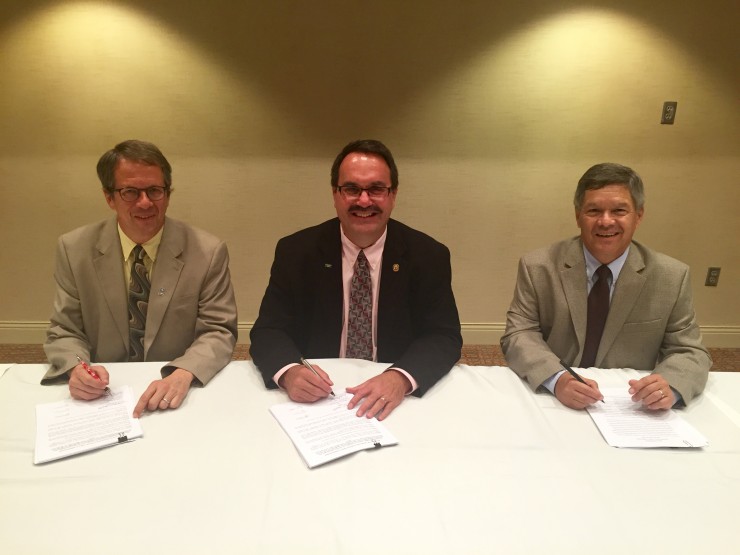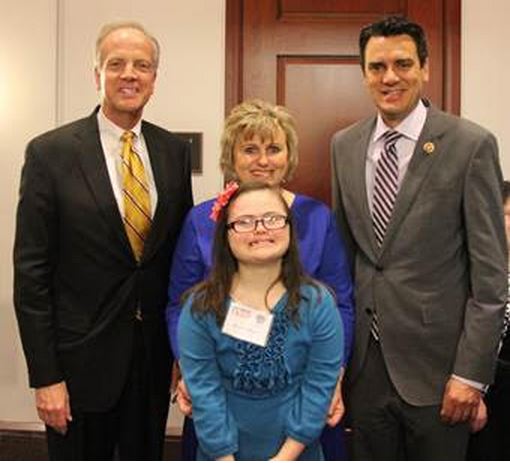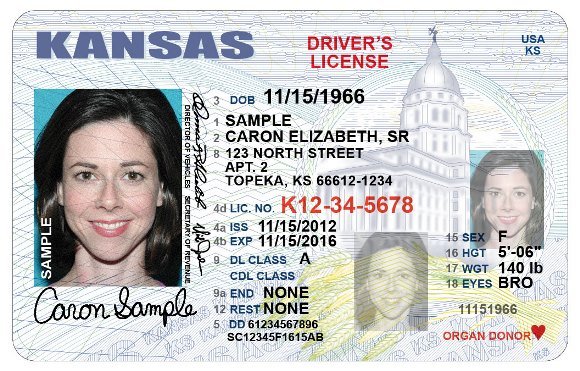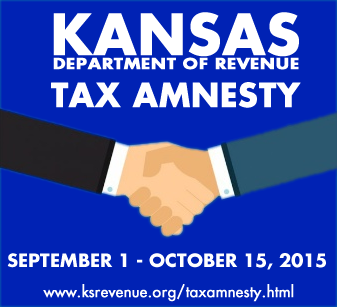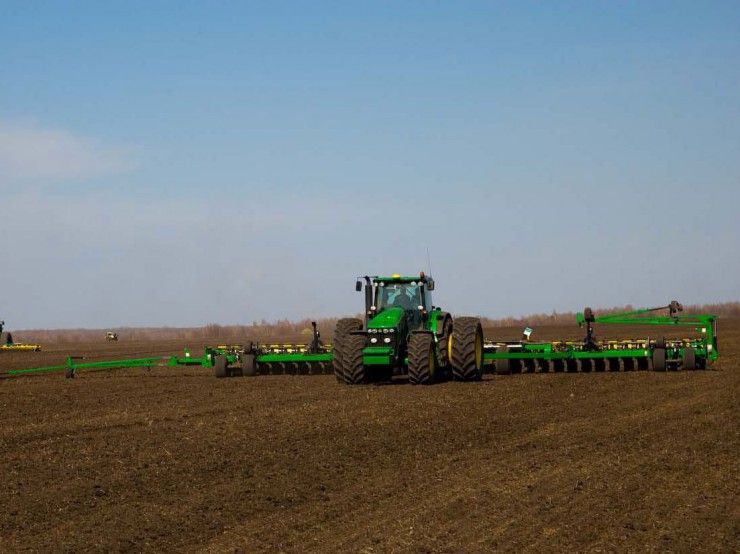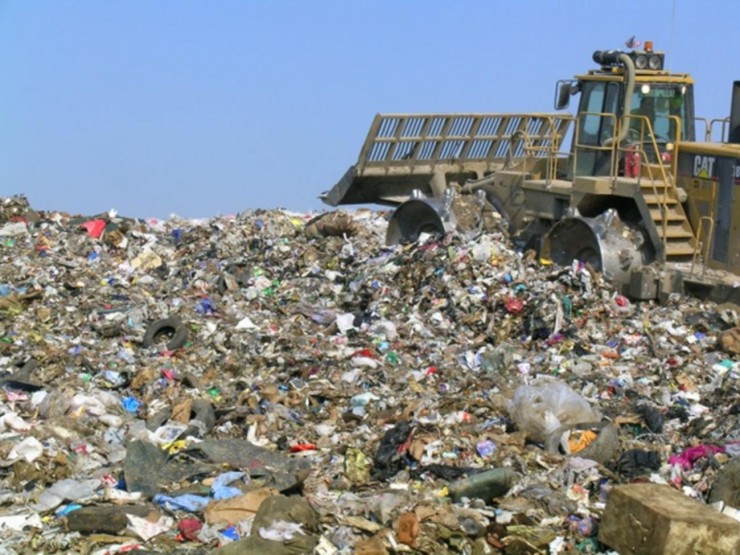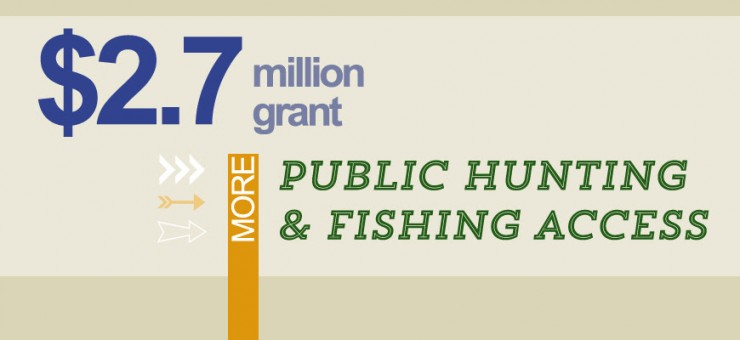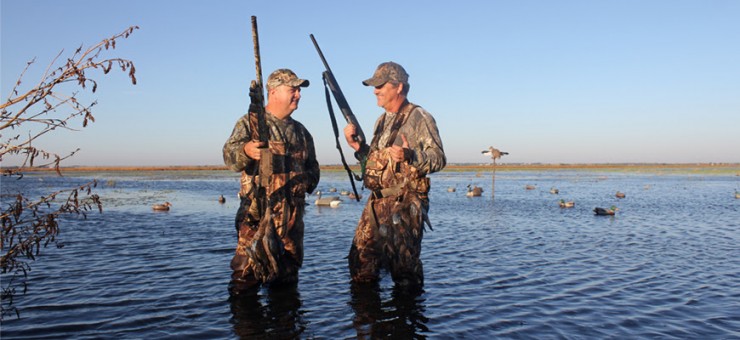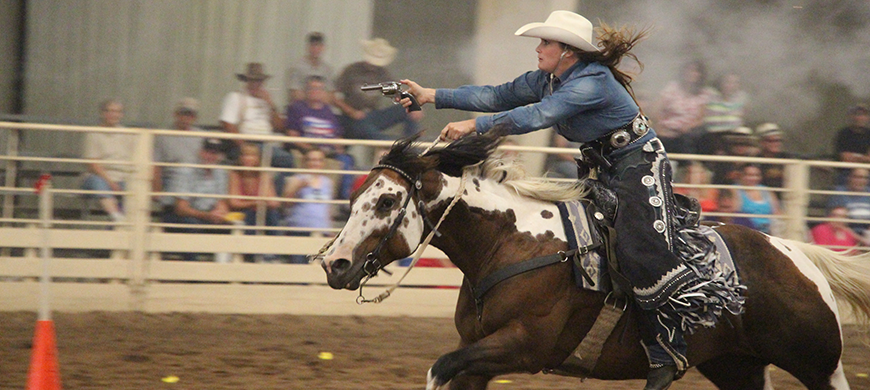TOPEKA–Seventh and eighth grade students across Kansas can showcase their creativity and win an education savings account in the 14th annual Learning Quest Make Your Mark Contest. The Learning Quest 529 Education Savings Program is Kansas’ state-sponsored 529 plan, designed to help families invest for their child’s continued education after high school.
This year’s theme is “your future is a clean slate where anything is possible.” Students are being asked to think ahead 20 years from now and explain how they’d be introduced and what they’d discuss if asked to give a commencement speech to the class of 2035 at their former high school. They can choose to respond in one of two categories: the written where they can submit a traditional essay format (up to 350 words) or the creative where they can articulate themselves with a drawing, poetry, collage, video or any other sort of visual response.
“This contest is a perfect fit for our Learning Quest program,” said Kansas State Treasurer Ron Estes, who administers the Learning Quest 529 Program. “It encourages Kansas youth to reflect on future career goals they’ve set for themselves, and consider the training or education they’ll need to achieve those dreams.”
The contest, open to all seventh and eighth grade students in Kansas, begins mid-August, and all entries must be postmarked or submitted electronically at http://essay.LearningQuest.com/ by Oct. 9, 2015.
Prizes include $2,000 Learning Quest accounts for the first-place winner in each of the two categories. Learning Quest judges will also select up to five entries per category to be posted online for public voting for the chance to win the People’s Choice prize of $1,000 per category. Additionally, each of the schools attended by the four winners (the two winners selected by the judges and the two winners by public voting) will receive a $1,000 prize from Learning Quest. Prizes are provided by American Century Investments.
“Since beginning this contest 14 years ago, we’ve had schools continue to support the contest year after year, encouraging students to plan ahead and prepare for their future,” said Estes. “Giving a prize to each of the winning students’ schools is our way of thanking the teachers, principals and school administrators of our Kansas schools for their commitment towards the education of our state’s next generation.”
To learn more and download participation materials, visit the contest website at http://essay.LearningQuest.com/. Updates can also be found on the Learning Quest Facebook page at www.Facebook.com/KSLearningQuest529.
The Learning Quest 529 Education Savings Program was created to help families invest for their child’s continued education after high school, whether at a traditional four-year college, community college, or technical school. Learning Quest investors benefit from tax-deferred growth and tax-free withdrawals when used for qualified education expenses (tax benefits may be conditioned on meeting certain requirements). Kansas taxpayers can receive a Kansas tax deduction up to $3,000 per child ($6,000 if married, filing jointly) on contributions to Learning Quest or any other 529 plan sponsored by another state.


